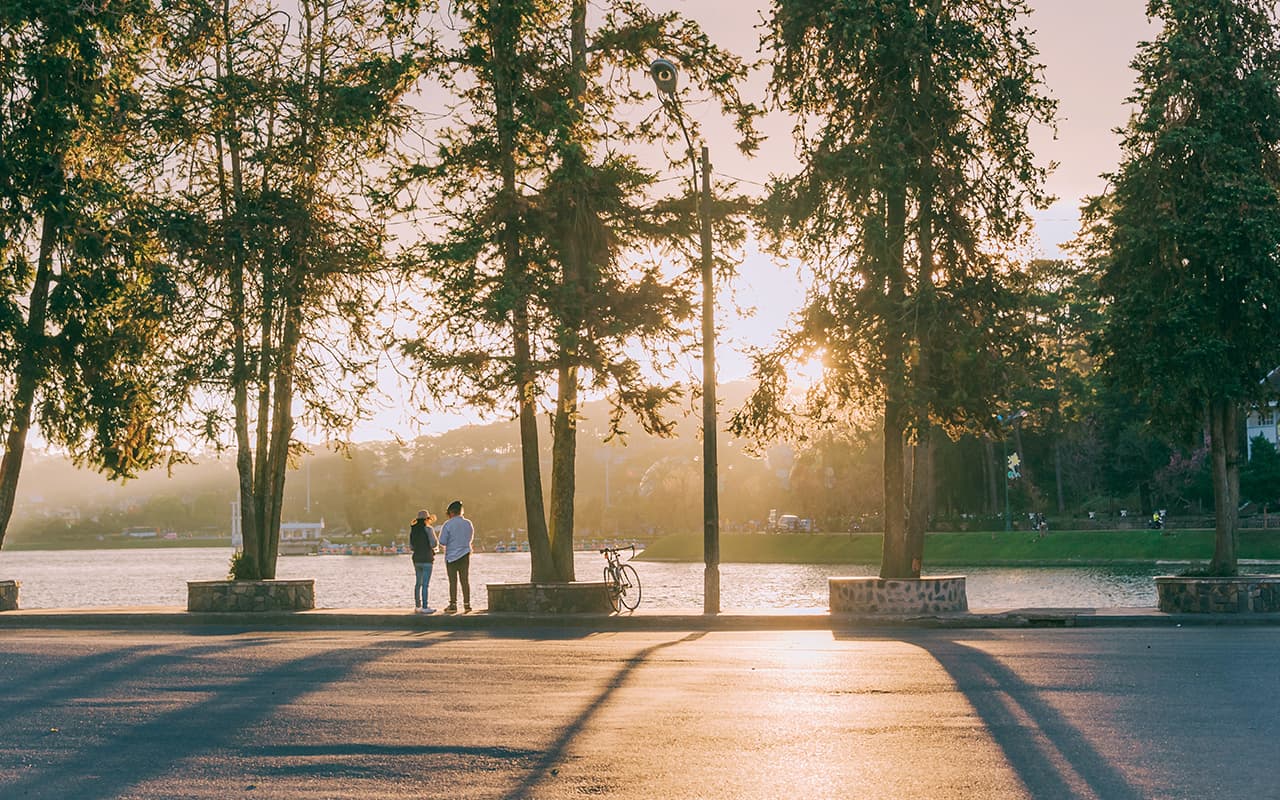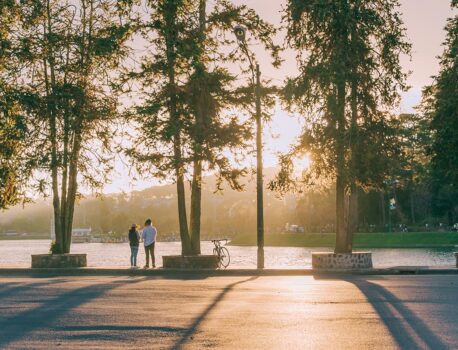Today, the site of Audubon Park was once a twelve and a half acre plantation purchased and owned by Pierre Foucher. Foucher left his plantation before the Civil War and fled to France, never returning to Louisiana. During the war, the abandoned plantation was used by both the Confederacy and the Union. It was used as a camp for Confederate troops and as a site for a Union military hospital that existed for five years. For nearly a decade afterward, wealthy citizens, legislators, and park commission boards sold the site back and forth. The city of New Orleans purchased the park in 1871. Initially named Upper City Park, a commission was created in 1879 to maintain the land, but the only financial assistance provided to operate a park at this location came in the form of income from the lease of a grazing area.
The early history of the park’s development begins with the site being chosen to host the 1884-85 World’s Industrial and Cotton Exposition of the Centennial. To learn more about the exposition, visit our other tour “Audubon Park: Site of the 1884 Centennial Cotton Exposition”.
After the exposition, the New Orleans City Council created a new park commission in May 1886 to manage the park. In 1900, John Charles Olmsted was hired as the park’s designer. The implementation of his master plan took twenty years, mainly due to lack of funds. The plans were further delayed and altered by the board’s decisions to lease the park’s waterfront to the Corps of Engineers and to allow the construction of railroad tracks along the river and the operation of a sugar research station. Much of Olmsted’s original design was compromised to turn the neighborhood park into a place where “people from all backgrounds wanted to come to relax.” Such compromises included the addition of a variety of recreational facilities such as swimming, tennis, and softball. Most of these were funded by private donors as memorials. Numerous memorials installed at this time (1916-1920s) are still in place in the park today. They include the neoclassical entrance on St. Charles Avenue in the style of Moise Goldstein, numerous gazebos, the Emil Weill Grandstand with the Newman Orchestra, the Gambel Fountain, the Hyams Pool, and the Popp Flower Gardens.
In 1924, the number of visitors to the park exceeded one million annually. New Orleans native Mary Lou Widmer recalled her childhood walks in the park during the Depression.
Today, the park continues to thrive, as it has for over a century, as a Mecca for all outdoor recreation. People continue to visit the park to take full advantage of the “avenues of ancient live oaks, a tranquil 1.8-mile jogging trail, lagoon, picnic shelters, playgrounds, tennis courts, and soccer fields.” The park has been the site of numerous cancer walks, charity events, golf tournaments, and various fundraisers.

